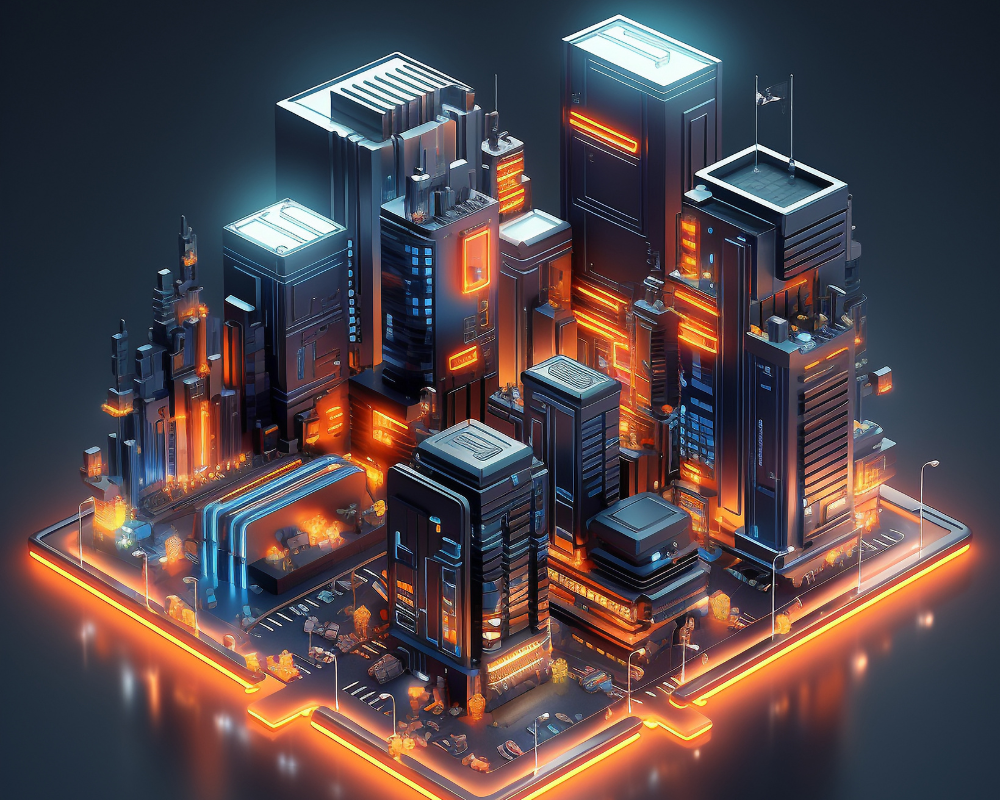September 29, 2025 By: JK Tech
For years cloud has been the catch-all solution for data storage, computing, and scaling digital services. But as the number of connected devices multiplies with self driving cars, smart factories, and wearable health trackers, the cloud is reaching its limits, with every byte of data traveling to distant data centers creates delays, costs, and even security risks. What’s emerging is a new, often invisible, layer that sits between the cloud and the devices themselves: edge computing.
Why the Cloud Isn’t Always Enough
The cloud is powerful, but distance matters. A connected car generating gigabytes of sensor data can’t afford a two-second round trip to a server thousands of kilometers away just to decide whether to hit the brakes. A factory machine flagging a defect needs to act instantly, not after shipping data across the internet. Even consumer apps like gaming or video calls suffer when milliseconds of lag pile up.
The reality is simple: the cloud is too far away for certain use cases. Businesses need computation closer to the source of data. That is the promise of the edge.
Edge Computing Explained
Edge computing keeps the processing power closer to the source where data is created, such as shop floor, inside a hospital, or even within the device itself, instead of sending raw data upstream to the cloud, the edge filters, analyzes, and acts locally. What goes to the cloud is lighter, more meaningful information or structured data that can be aggregated for larger insights.
This “middle layer” delivers three big advantages.
- Speed: Real-time decision making becomes possible because latency drops dramatically.
- Cost: Companies can save on bandwidth by not transmitting every single data point created.
- Privacy: Sensitive information can be processed and stored locally, reducing the risk of exposure.
Concrete examples are everywhere; manufacturers use edge AI to spot product defects in milliseconds, reducing waste and improving reaction time. Similarly, healthcare providers monitor patient vitals in real time without having to rely on unstable internet connections, telecom companies place edge servers at cell towers to make mobile networks faster and more reliable, even retail stores are adopting edge to run personalized in-store recommendations without sending customer data across the globe.
From Hidden Layer to Strategic Asset
Edge computing isn’t a replacement for the cloud but a complement. The cloud remains indispensable for massive storage, large-scale analytics, and training AI models. But the edge adds a new layer of intelligence, one that makes systems more responsive, cost-effective, and trustworthy.
This shift is quietly reshaping business competition. Companies no longer win simply by having the strongest cloud infrastructure. They win by orchestrating the right balance between device, edge, and cloud. A logistics firm that processes location data at the edge can shave seconds off delivery decisions. A bank that authenticates transactions locally can both improve security and reduce operating costs. These are not marginal upgrades but competitive differentiators.
So, the next time your video call doesn’t lag or your car’s navigation reroutes instantly, remember it isn’t just the cloud at work. It’s the hidden middle layer, the edge, translating speed, efficiency, and trust into real world advantage.
For leaders, the takeaway is clear: edge computing is no longer experimental. It is the new backbone of real-time digital services. Mastering it early can help businesses gain the edge, quite literally, in a world where milliseconds make millions.



